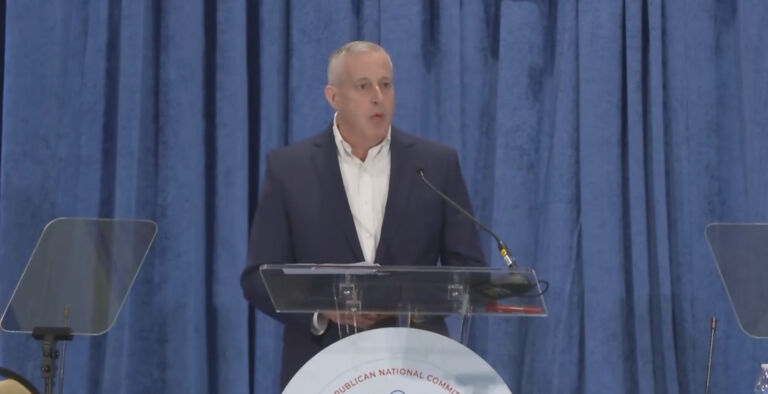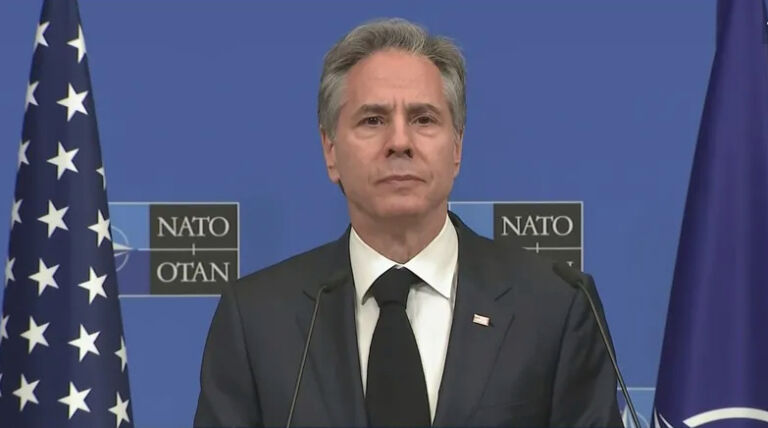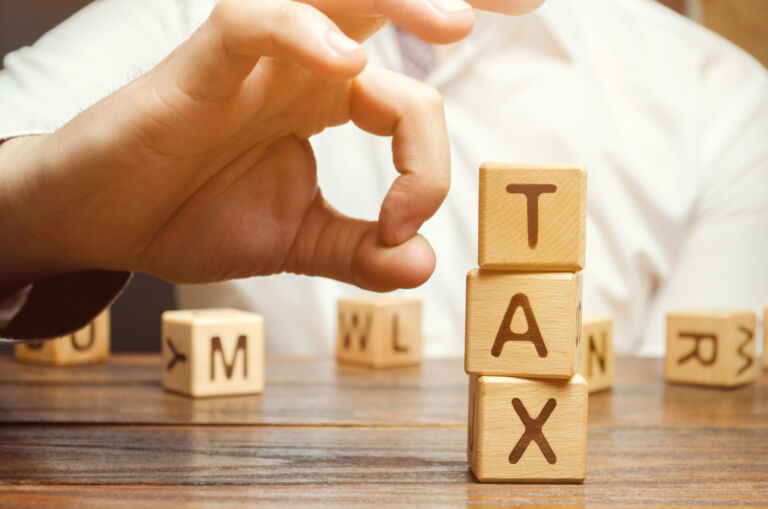Molly Ball writes for the Wall Street Journal about the president’s re-election challenges.
President Biden’s announcement last week that his administration would seek to forgive billions of dollars’ worth of federal student loans was cheered by progressives, the latest in a string of actions he has taken to shore up support from the left—annoying the center in the process.
That has some Democrats worrying he is making a big mistake. Despite much recent hand-wringing about the unpopular president’s need to shore up his base with liberal appeals, polls show Biden’s principal weakness isn’t with the left but with the middle of the electorate. The president, some centrists argue, isn’t doing enough to appeal to the moderate and independent voters that tend to decide elections.
“The voters that elected Biden in the first place are the center-left voters that liked his centrist policies, not the Bernie Sanders-Elizabeth Warren slice of the electorate,” said Lauren Harper Pope, who co-founded a group called WelcomePAC that urges Democrats to make pragmatic, big-tent appeals. “Yet the administration seems to have a fear of talking about things people actually care about if it might offend a small group of ideological activists.”
In a recent Wall Street Journal poll that found Biden narrowly trailing former President Donald Trump in the top battleground states, the two candidates drew roughly equal shares of their respective parties when polled head-to-head: Biden won 88% of Democrats, while Trump won 90% of Republicans. With independent voters, Trump led by six points, 36% to 30%. Similarly, a new New York TTimes/Siena national poll shows a tight race overall—Trump 46%, Biden 45%—with Trump leading among independent voters by 5 points.
The Democratic strategy group Blueprint found in a recent national poll that 52% of voters are concerned that Biden is too liberal, including 61% of independents. Blueprint also analyzed a spate of recent polling to determine which 2020 Biden voters have switched to say they will vote for Trump this year. Among that group, 53% call themselves moderates and 33% identify as conservative; just 14% consider themselves liberals.


